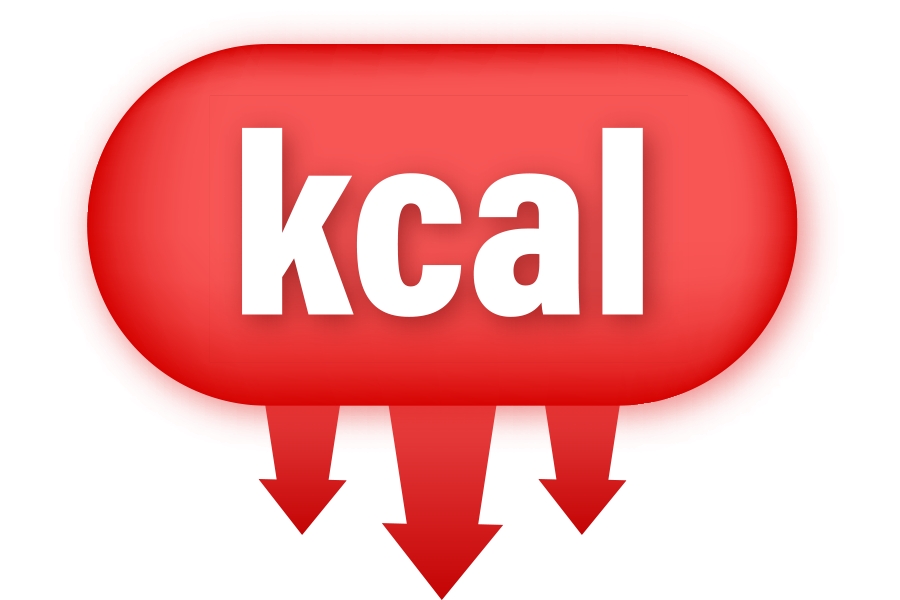What do the new Calorie Labelling Regulations mean for your hospitality organisation?

On April 6th 2022, there are new regulations coming into force that change the way food is displayed on menus, demanding that a calorie count is included. After working so hard to recover after the pandemic, the hospitality industry finds itself with a brand-new challenge, requiring calculations and menu reprints. But it doesn’t have to be hard and shouldn’t negatively affect your business if you know what to do. Here's what the new Calorie Labelling Regulations mean for your organisation.
Are you affected?
This new law will apply to businesses that have more than 250 employees and offer non-prepacked food or drink suitable for immediate consumption. So, this is aimed at chains rather than independents, but may affect cafes, pubs, restaurants, and takeaways too. It also applies to food delivery firms, franchisees, and caterers. Note: the new regulations apply to England only.
What will you need to do?
This legislation requires that the following information be displayed: The energy content of the dish in kcal, the size of a portion or the number of people served, and the statement “adults need around 2000 kcal a day”. This should be displayed at the point of choice for customers, including your menu, menu board or online ordering system. It doesn't mean that it should be on promotional material like adverts, though. For direct sale food, the information can be presented on the packaging. It should be clearly visible and unobscured.
How do you calculate calories?
Obtaining accurate data is the first step to ensuring you're following this legislation correctly. The Department of Health and Social Care has stated that the information provided to customers should be based on one of these: the manufacturer’s analysis of the food, a calculation from the known or average values of the ingredients used, or a calculation from generally established and accepted data.
You can use a combination of these methods across the menu and there is an accuracy margin of plus or minus 20%. There are a number of third-party businesses that can do this for you, or you might choose to go for laboratory analysis. Or alternatively, if you know what ingredients you are using and their calorie count, you could attempt to calculate it in-house.
Where does it not apply?
There are some exceptions to the law, but you may choose to include them anyway. These include things like condiments added by the customer, specials that are on the menu for less than 30 days, items requested by the customer that aren’t on the menu, alcoholic drinks over 1.2% ABV, and takeaway food that is unprocessed and not part of another dish (such as bread, fish, fruit, veg, meat and cheese).
JWR offers recruitment support across the UK, for more information please visit our website.

